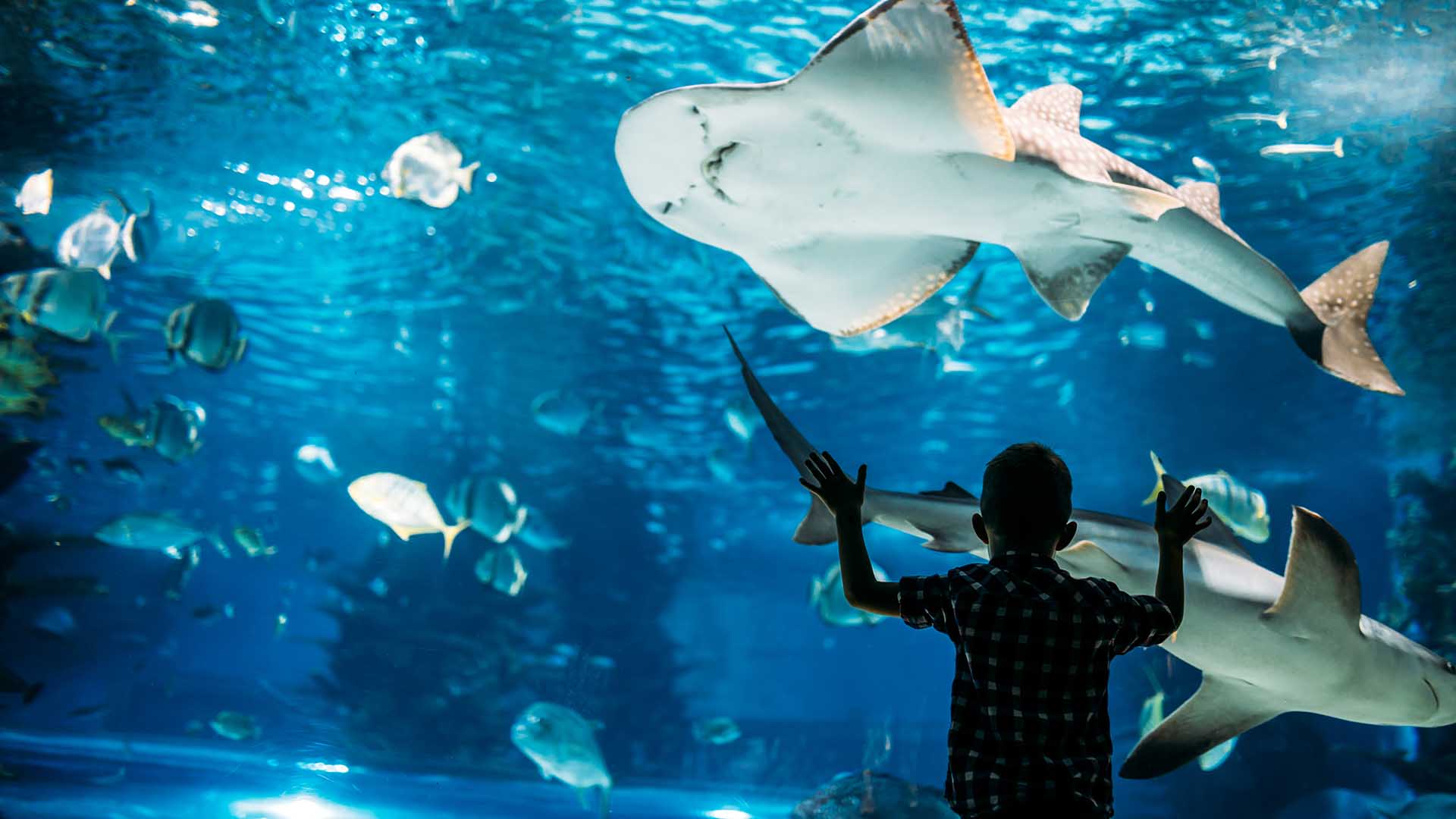Basic aquarium setup and common pitfalls
Dr Dorianne Elliot

The keeping of freshwater aquariums is a very popular hobby in South Africa. Unfortunately, the majority of new keepers either perform insufficient research or receive incorrect information, setting themselves and their fish up for disaster.
The most important fact to remember about fish keeping is that fish have permeable skin and gills and any changes, or problems with the water quality will affect them directly and rapidly.
The vast majority of problems with amateur tanks will be due to inappropriate water parameters.
An aquarium is a closed system and typically has a much higher bioload (ammonia-producing livestock and decomposing plants) than a similarly sized body of natural water. This means that the equilibrium of the tank water will not be able to be maintained without artificial means.
The Nitrogen cycle is the major basic chemical process that needs to be taken into account. Fish and decomposing plants produce nitrogenous waste in the form of NH3. Ammonia is highly toxic to livestock and should not be detectable in the water. NH3 is oxidised to NO2 (Nitrite) by specialised aerobic Nitrosomonas bacteria. Nitrite is still toxic but less so. The NO2 is again oxidised to minimally toxic NO3 (Nitrate) by Nitrobacter bacteria. NO3 is utilised by live plants and will also slowly dissipate from the water surface as N2 gas.
Now this process occurs naturally in lakes etc but in a high bioload system, one needs to provide a large surface area for the beneficial bacteria to colonise. They will attach to the tank walls and substrate but we also use filters containing sponges or ceramic balls to vastly increase the surface area for bacterial colonisation. There are many different types of filters, suitable for different setups and bioloads.
A filter has three functions: To remove particulates from the water, to provide a substrate for the beneficial bacteria and to remove harmful chemicals. Substrates such as activated charcoal can be placed in the filter for chemical filtration (but must be removed while medications are being used or will bind the active compounds).
“New tank syndrome” occurs when a new tank is set up and immediately stocked. The beneficial bacteria take time to colonise and if there is a bioload before the filter reaches maturity, an Ammonia spike will occur and kill the fish.
The recommended method to mature or “cycle” a tank is to set it up but not stock it initially. It is important to treat chlorinated tap water before using it in the tank as the Chlorine is highly toxic to bacteria and livestock. There are numerous brands of Chlorine-removing drops available for fish keepers.
A handful of dirty filter media from a mature aquarium placed into the new filter will greatly increase the speed of bacterial colonisation.
The bacteria need nutrition to proliferate (in the form of NH3 and NO2).
In a “fishless cycle”, fish food in a similar amount to what will be used for the livestock is then “fed” daily. The subsequent NH3 and NO2 spikes that occur must resolve before the fish are added. The process of filter maturation normally takes about 10 days.
Regular partial water changes, not just top-ups to replace that lost by evaporation are necessary to remove excess NO3, Phosphate and other compounds from the water.

Clients should be strongly encouraged to regularly test their water to make note of any changes before they become problematic. Especially in the beginning, daily NH3 and NO2 levels should be tested and livestock only added when the NH3 and NO2 levels have returned to zero. Purpose-made dipsticks and colorimetric tests are available.
Quarantine of new livestock is recommended, as is routine parasite treatment. Fenbendazole, Praziquantel and Metronidazole are commonly used and are safe for fish, but not for invertebrates.
Next one needs to compare the recommended water parameters (temperature, pH, hardness, salinity etc) of every species that is to be kept because they vary considerably from the acidic, warm, very soft and tannin-infused “black water” needed for Amazonian fish, to the alkaline, very hard water needed for Lake Malawi cichlids and the cold water needed for goldfish. Inexperienced keepers will often keep entirely inappropriate collections of fish from all over the world in 1 setup and then wonder why certain species struggle or die. There is a wealth of information online to which clients can refer.
Infectious diseases regularly occur in aquarium fish. Protozoal, fungal and bacterial infections are most common. Depressed behaviour, clamped fins, poor appetite, ulcers or spots, swellings, slimy areas on the skin or an inability to swim normally are all indicators of illness.
A gentle skin scrape with a cover slip (cranial to caudal, lightly) will collect the skin’s protective mucus layer and can be examined for protozoa. Cultures of wounds may be useful as may necropsies.
There are numerous purpose-made antifungal and antiprotozoal in-water medications available. Some antibacterials can be purchased over the counter, but in-food Enrofloxacin or in-water Minocycline are fairly filter-safe and quite effective for the Gram negative bacterial infections commonly seen.
In summary, always look first at the water whenever aquatic animals develop problems.